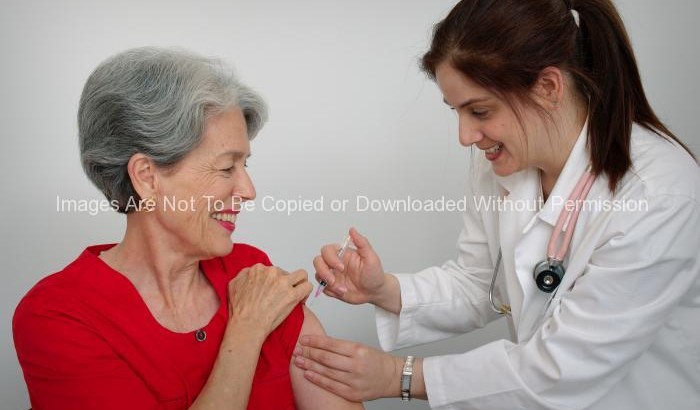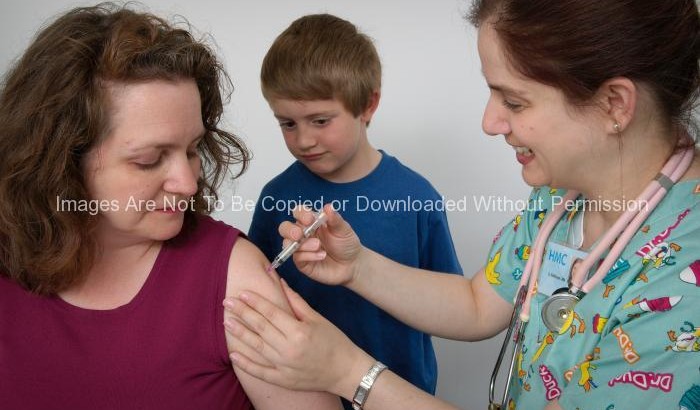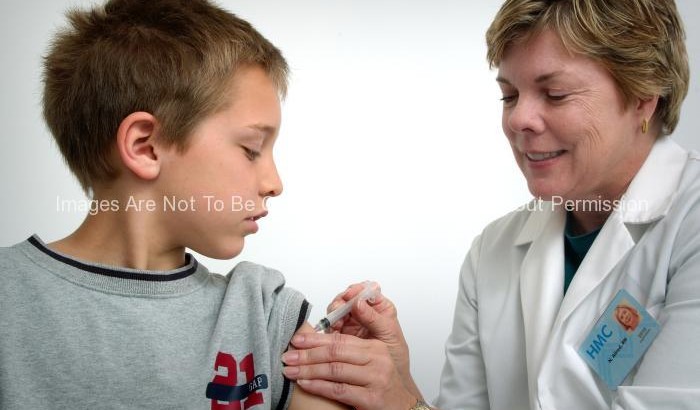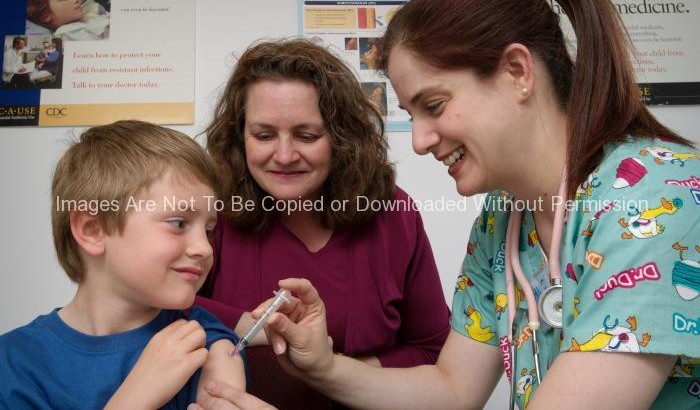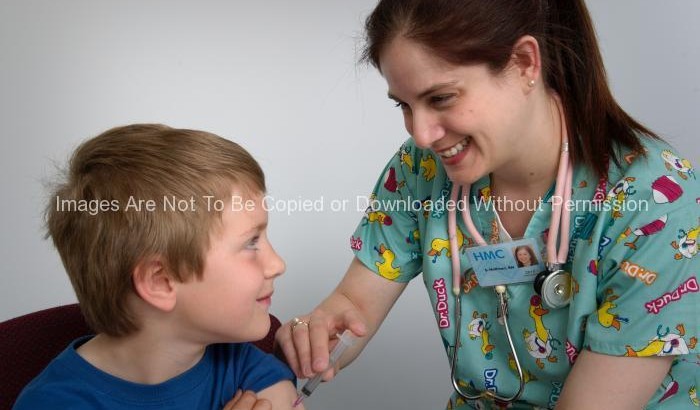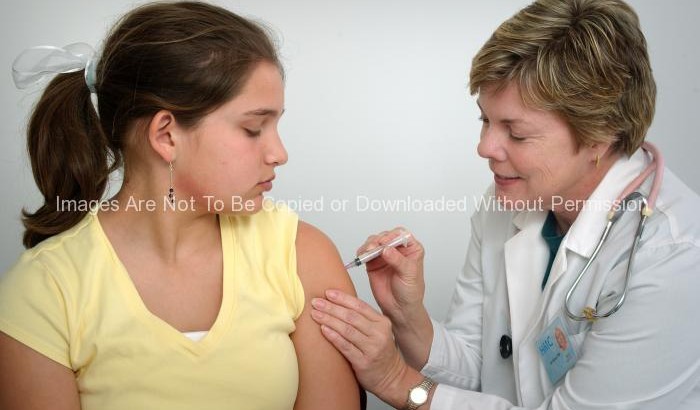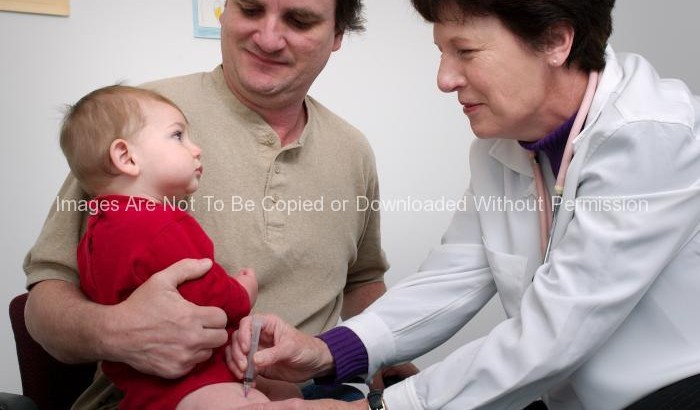Dr. Taronna Maines, a microbiologist in the Influenza Branch at the Centers for Disease Control and Prevention, while she was conducting an experiment inside a biological safety cabinet (BSC) within the Biosafety Level 3-enhanced laboratory. The airflow within the BSC helps prevent any airborne virus from escaping the confines of the cabinet, and as part of her personal protective equipment, she was wearing a powered air purifying respirator (PAPR), which was filtering the air that she was breathing.
Dr. Maines was inoculating 10-day old emryonated chicken eggs with a specimen containing an H5N1 avian influenza virus. This experiment was part of a study to investigate the pathogenicity and transmissibility of newly emerging H5N1 viruses. Identification of genetic markers affecting the ability of H5N1 viruses to transmit efficiently will help in the early identification of emerging H5N1 viruses with pandemic potential. Information gained from this study is important for pandemic preparedness.


